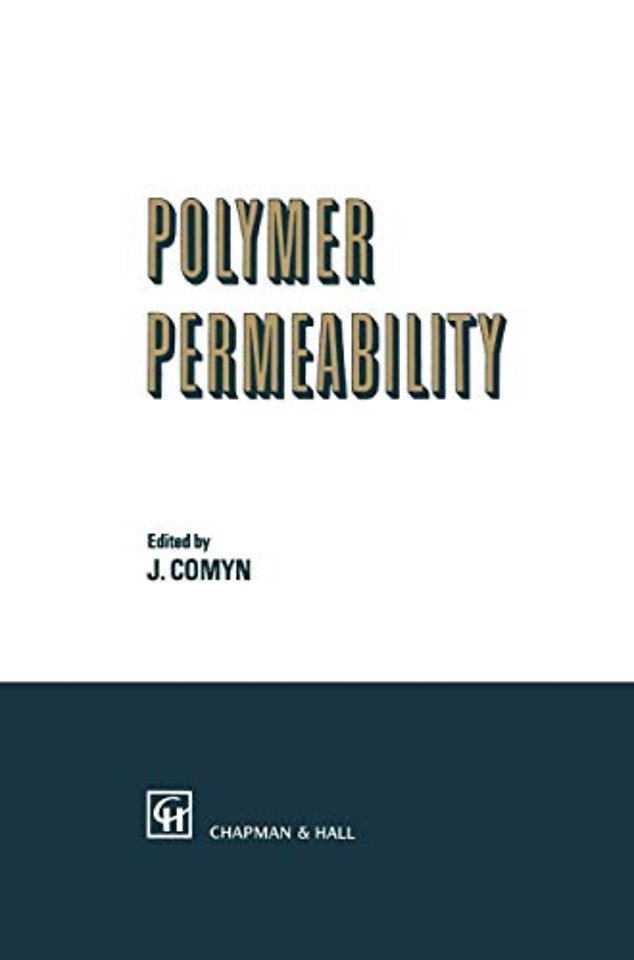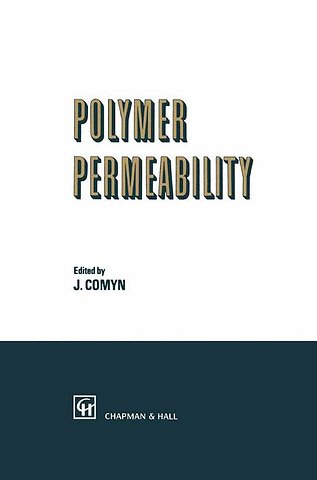Polymer Permeability
Paperback Engels 2011 9789401086509Samenvatting
Polymers are permeable, whilst ceramics, glasses and metals are gener ally impermeable. This may seem a disadvantage in that polymeric containers may allow loss or contamination of their contents and aggressive substances such as water will diffuse into polymeric struc tures such as adhesive joints or fibre-reinforced composites and cause weakening. However, in some cases permeability is an advantage, and one particular area where this is so is in the use of polymers in drug delivery systems. Also, without permeable polymers, we would not enjoy the wide range of dyed fabrics used in clothing and furnishing. The fundamental reason for the permeability of polymers is their relatively high level of molecular motion, a factor which also leads to their high levels of creep in comparison with ceramics, glasses and metals. The aim of this volume is to examine some timely applied aspects of polymer permeability. In the first chapter basic issues in the mathema tics of diffusion are introduced, and this is followed by two chapters where the fundamental aspects of diffusion in polymers are presented. The following chapters, then, each examine some area of applied science where permeability is a key issue. Each chapter is reasonably self-contained and intended to be informative without frequent outside reference. This inevitably leads to some repetition, but it is hoped that this is not excessive.
Specificaties
Lezersrecensies
Inhoudsopgave
Rubrieken
- advisering
- algemeen management
- coaching en trainen
- communicatie en media
- economie
- financieel management
- inkoop en logistiek
- internet en social media
- it-management / ict
- juridisch
- leiderschap
- marketing
- mens en maatschappij
- non-profit
- ondernemen
- organisatiekunde
- personal finance
- personeelsmanagement
- persoonlijke effectiviteit
- projectmanagement
- psychologie
- reclame en verkoop
- strategisch management
- verandermanagement
- werk en loopbaan

